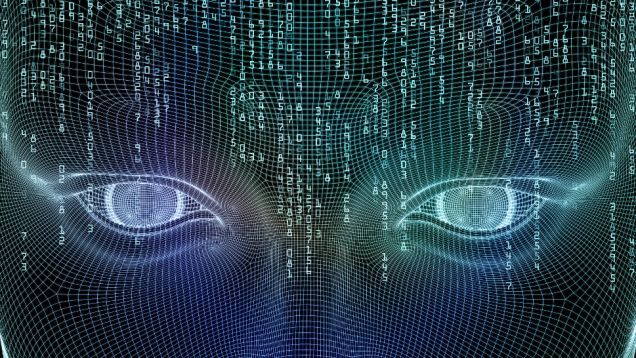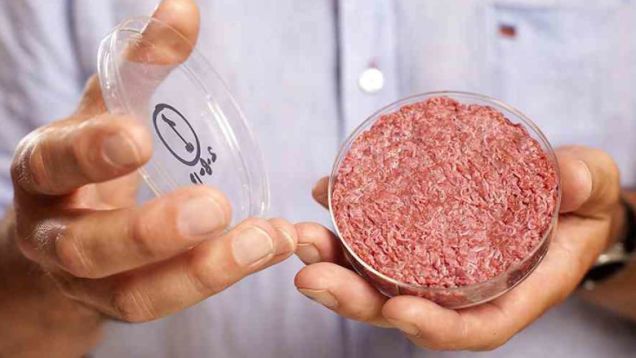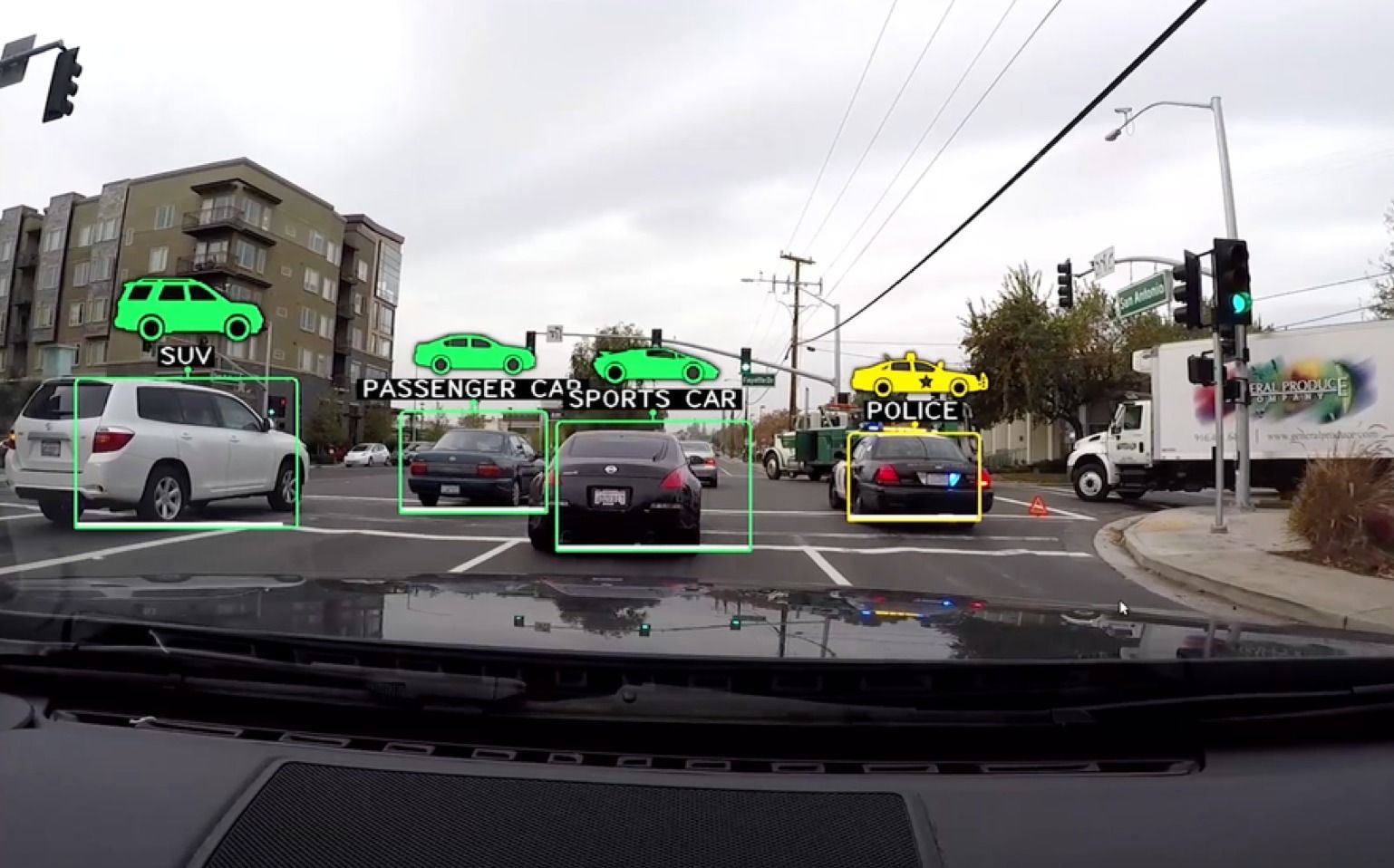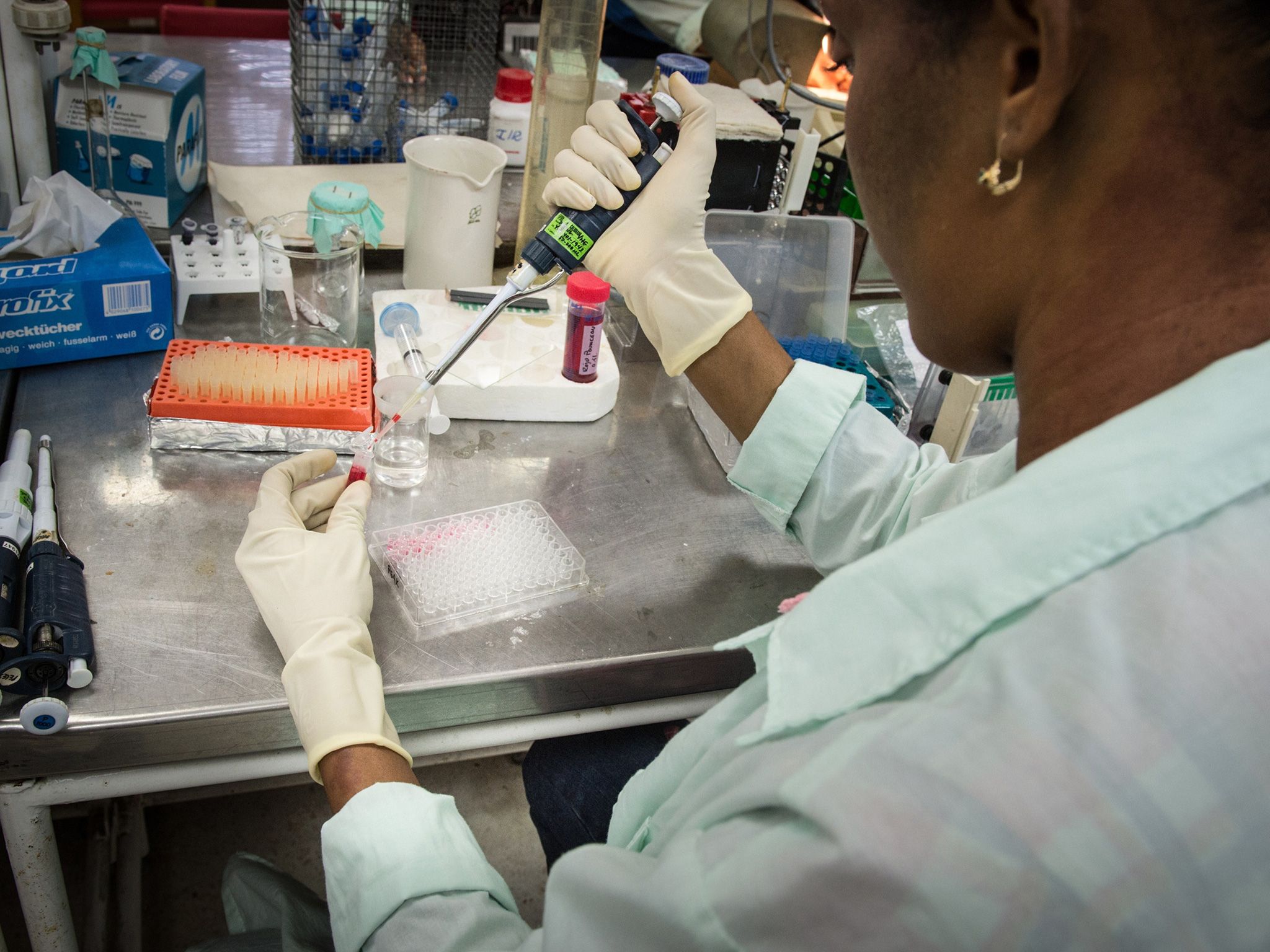Page 11595
Oct 17, 2015
Scientists Say Lab-Grown Burgers Will Be Available to the Public in Five Years
Posted by Shailesh Prasad in categories: biotech/medical, food
When a team of Dutch scientists unveiled the world’s first stem cell beef burger in 2013, it carried a $300,000 price tag. Worse, it was dry and tasteless. But since the initial lackluster reviews, Mark Post and his colleagues have been hard at work. Now, they say they hope to have a commercially saleable cow-less patty on the market in five years.
Until very recently, lab-grown beef sounded like science fiction. But rapid advances in molecular biology and stem cell technology have placed the futuristic concept within reach. And the arguments for removing animals from the meat equation are practically endless: The meat industry as it exists today swallows an enormous fraction of our land and natural resources, produces vast quantities of greenhouse gases, has contributed to the rise of antibiotic resistant infections, and in many cases, is downright cruel. If test tube burgers can eliminate or diminish even a fraction of these problems, then this seems like one crazy idea worth pursuing.
And pursue it scientists have. In addition to Mark Post’s stem cell burger effort, a team of Israeli researchers under the banner Future Meat are now trying to grow whole chicken breasts in the lab. Meanwhile, efforts to culture fish protein have cropped up intermittently over the years.
Oct 17, 2015
Software Lets Someone Else Control Your Face
Posted by Shailesh Prasad in category: futurism

Researchers created expression transferring software that projects mouth, eye, and other facial movements onto another face in real time. http://voc.tv/1cRrjAQ
Oct 17, 2015
Changing The Pace: Your Circadian Rhythm Can Make You Age Faster
Posted by Robert James Powles in categories: biotech/medical, life extension, neuroscience
We all have different circadian rhythms but they slow down during aging, and we may be able to do something about it.
Your body is in a state of constant flux and the circadian rhythm is its master regulator, controlling everything from sleep cycles to appetite and beyond. Jet lag is a side effect of a confused internal cycle as it adjusts to a new timetable. Shift work and irregular patterns of activity can also potentially cause some serious problems if sustained for a long period, including raising risk of type 2 diabetes, dementia and all cause mortality.
When researchers studied aging mice, they saw a progressive decline in levels of molecules called polyamines. These are involved with a number of processes, but particularly in cell growth and circadian rhythm. The drop in polyamines also coincided with a slowing of their circadian cycle — which increased disease risk.
Oct 17, 2015
Stanford researchers make artificial skin that senses touch
Posted by Shailesh Prasad in categories: cyborgs, engineering, genetics
A team from Stanford University might have made a breakthrough that could change the lives of people with missing limbs. Researchers have developed an artificial substitute for skin that is capable of sensing when it is being touched and sending that data to the nervous system. It’s hoped that technology like this could be used to build futuristic prostheses that could be wired into the nervous systems of amputees. In addition, not only will these people be able to know if they’re touching something, they’ll also know how much pressure is being used.
Put very simply, the skin is comprised of two layers of rubbery plastic skin with a flexible circuit printed on, courtesy of the folks at Xerox Parc. Sandwiched between the two is a run of carbon nanotubes, which conduct electricity when they’re pushed closer together. The harder the compression, the more current passes between them, which is how the skin can understand differences in pressure.
That, however, isn’t enough, since that data would still have to be transmitted somehow into the user’s brain. In the end, the team opted to harness a field of science called optogenetics, which involves genetically-engineering cells so that they react to specific frequencies of light. By creating optogenetic neurons that are capable of sensing light patterns, the team proved that it’s possible to make this technology work in a person.
Oct 17, 2015
How Tesla is ushering in the age of the learning car
Posted by Shailesh Prasad in categories: Elon Musk, information science, robotics/AI, sustainability, transportation
Tesla’s new autopilot system is relying on the cutting edge of machine learning, connectivity and mapping data.
While Tesla’s new hands-free driving is drawing a lot of interest this week, it’s the technology behind-the-scenes of the company’s newly-enabled autopilot service that should be getting more attention.
At an event on Wednesday Tesla’s CEO Elon Musk explained that the company’s new autopilot service is constantly learning and improving thanks to machine learning algorithms, the car’s wireless connection, and detailed mapping and sensor data that Tesla collects.
Oct 16, 2015
Experts Warn UN Panel About the Dangers of Artificial Superintelligence
Posted by Phillipe Bojorquez in categories: materials, robotics/AI, security

https://www.youtube.com/watch?v=W9N_Fsbngh8
During a recent United Nations meeting about emerging global risks, political representatives from around the world were warned about the threats posed by artificial intelligence and other future technologies.
The event, organized by Georgia’s UN representatives and the UN Interregional Crime and Justice Research Institute (UNICRI), was set up to foster discussion about the national and international security risks posed by new technologies, including chemical, biological, radiological, and nuclear (CBRN) materials.
Continue reading “Experts Warn UN Panel About the Dangers of Artificial Superintelligence” »
Oct 16, 2015
You can grow new brain cells. Here’s how
Posted by Sean Brazell in categories: life extension, neuroscience

Can we, as adults, grow new neurons? Neuroscientist Sandrine Thuret says that we can, and she offers research and practical advice on how we can help our brains better perform neurogenesis—improving mood, increasing memory formation and preventing the decline associated with aging along the way.
Oct 16, 2015
Cure for cancer might accidentally have been found, and it could be malaria
Posted by Sean Brazell in category: biotech/medical
We shall see…
Scientists might have accidentally made a huge step forward in the search for a cure for cancer — discovering unexpectedly that a malaria protein could be an effective weapon against the disease.
Danish researchers were hunting for a way of protecting pregnant women from malaria, which can cause huge problems because it attacks the placenta. But they found at the same time that armed malaria proteins can attack cancer, too — an approach which could be a step towards curing the disease.
Continue reading “Cure for cancer might accidentally have been found, and it could be malaria” »
I know that solar flares and CME’s aren’t an existential threat to humanity (as long as we’ve got our geomagnetic shield in place, of course), but having seen the movie Knowing I can’t help but feel at least a small and totally irrational bit terrified. And not by Nicolas Cage’s hair, either! (although it does come in a close second wink )
The sun has sprung a leak: A hole in the topmost layer of the sun and its magnetic field, the size of 50 Earths, is letting loose an ultrafast solar wind that has kicked off several nights of auroras down on Earth.
A new image, from NASA’s orbiting Solar Dynamics Observatory, reveals the enormous hole as it was Oct. 10, taken at an ultraviolet wavelength unseen by the human eye. To an ordinary observer, the gaping hole would be invisible, though you should NEVER stare at the sun because serious eye damage can result.




 Listen/View
Listen/View









